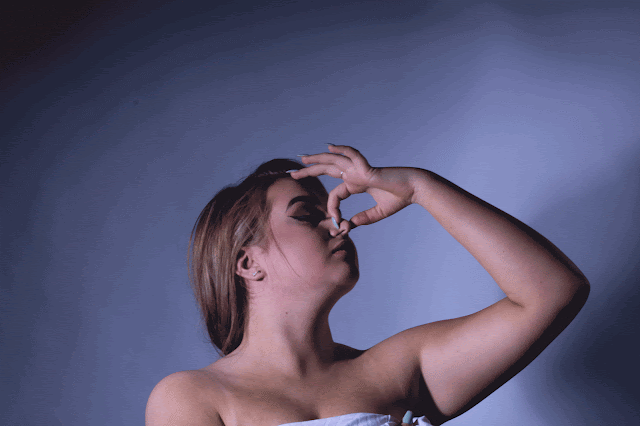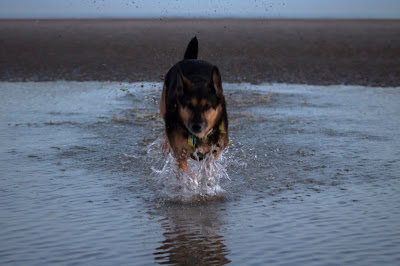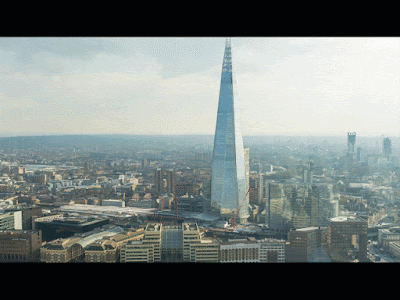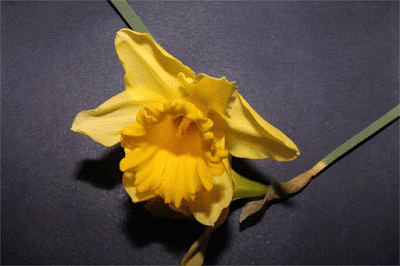Planning for final piece - Unit 6

ANALOG: Using what I have learnt from the 3D analog test, I will be creating a more neater and planned out final piece. First I will start with the digital side by editing an image to have the separate images for the different layers. I will take the image and copy each segment of the image that I want as a layer and paste it as a new layer to then be able to print that separate layer. After I have edited the layers, I will print each layer off and then cut out the top and second layer as they are the only layers that will need to be cut out. Then I will mount each layer on foam board to create the depth and give the illusion of the building and ground a sense of physical presence. Finally I will then stick those three layers together so they are layered and then give the illusion. The top layer: The second layer: The background/bottom layer: After creation brief summary: Creating this had its easy parts but also its difficulties, one of the difficulties was cutting the...





